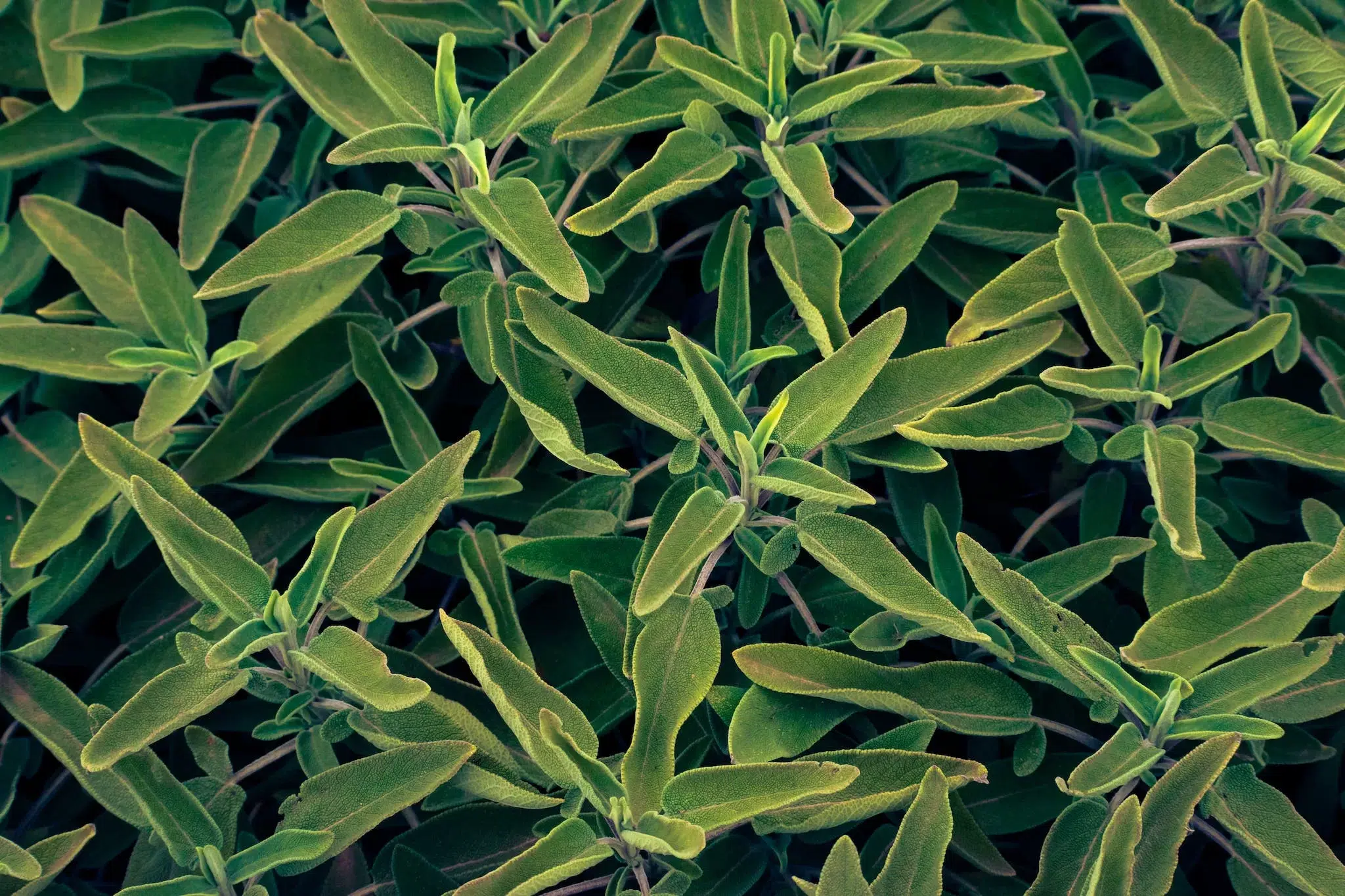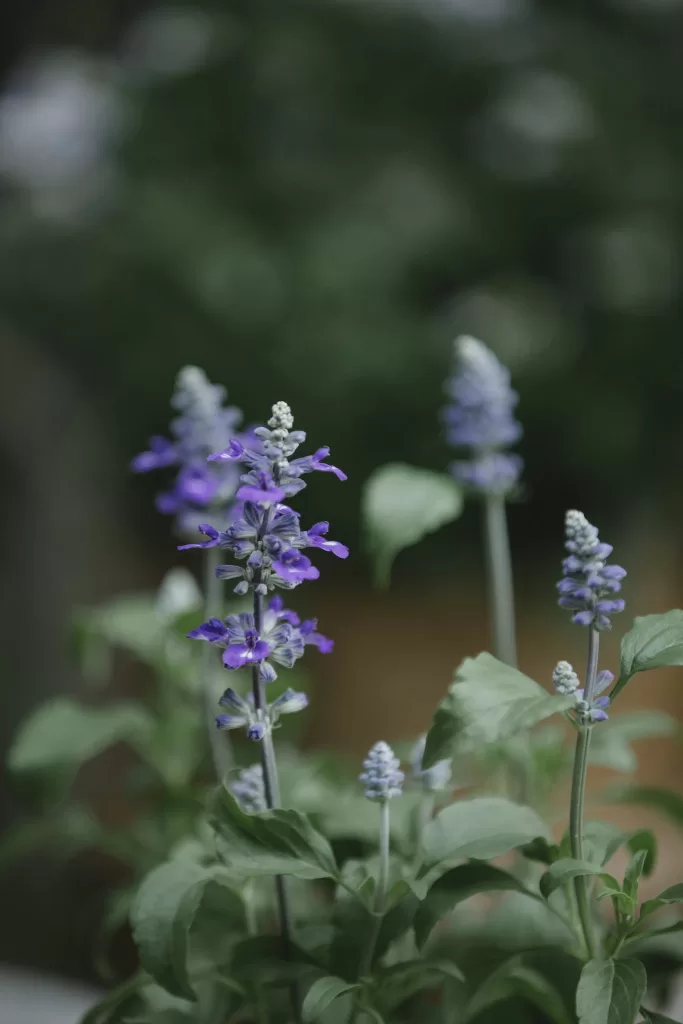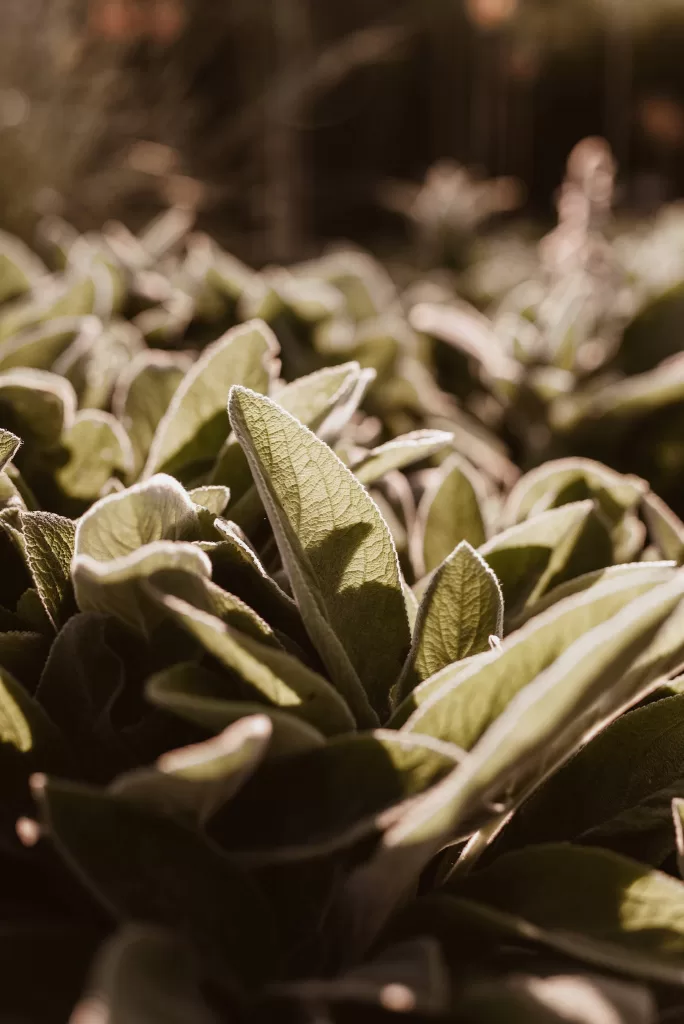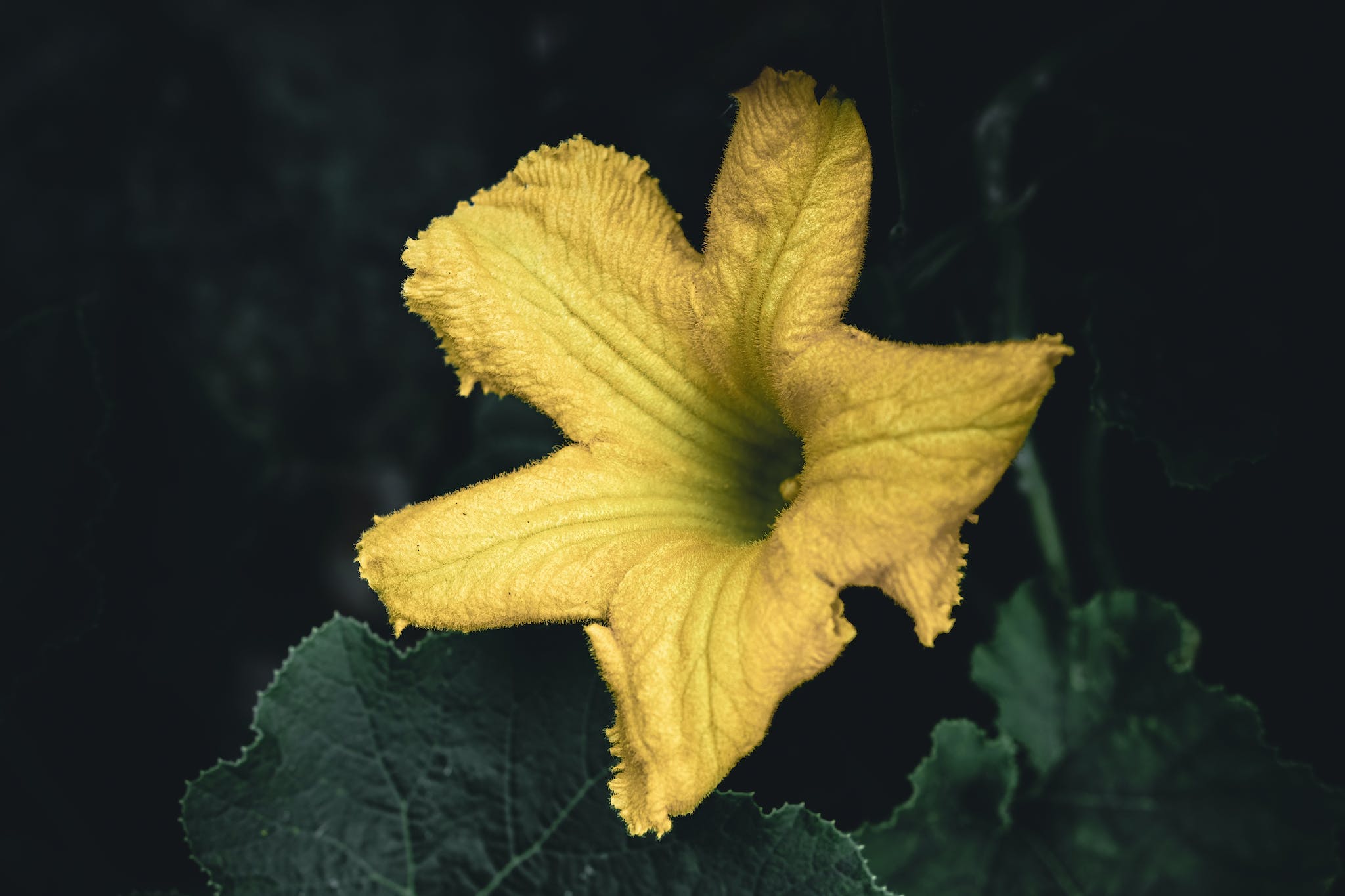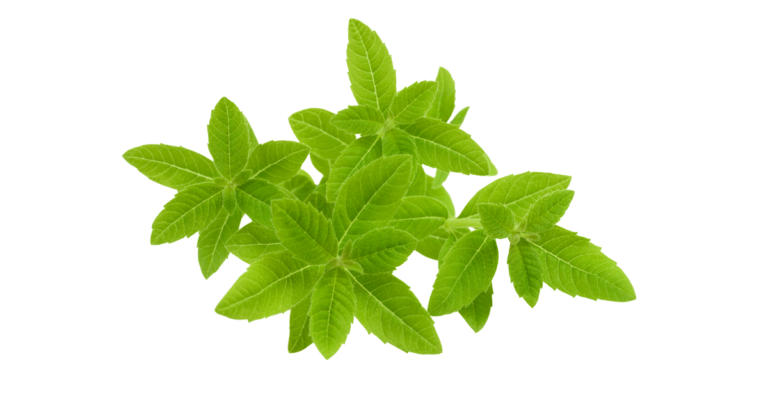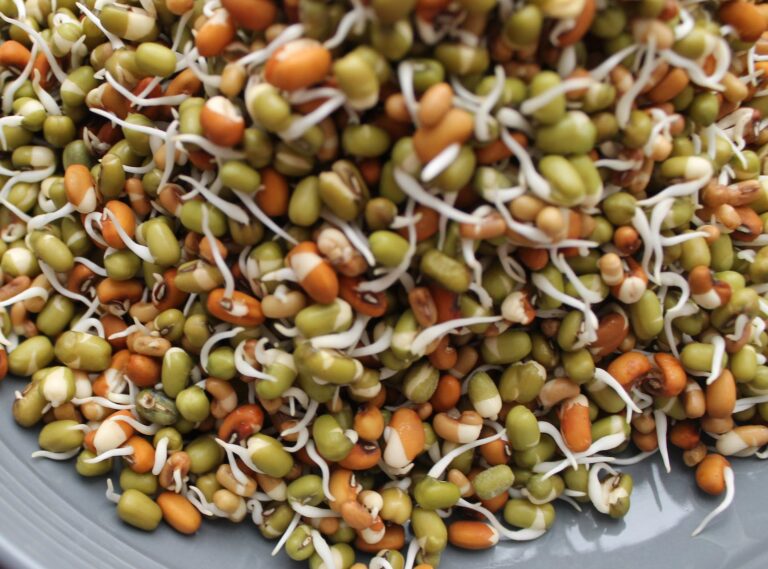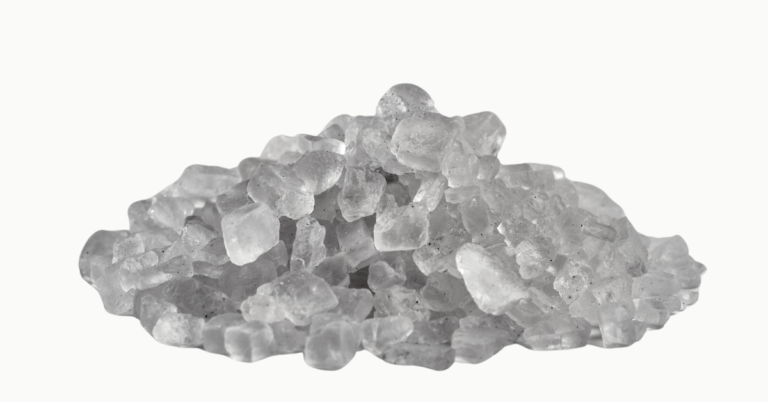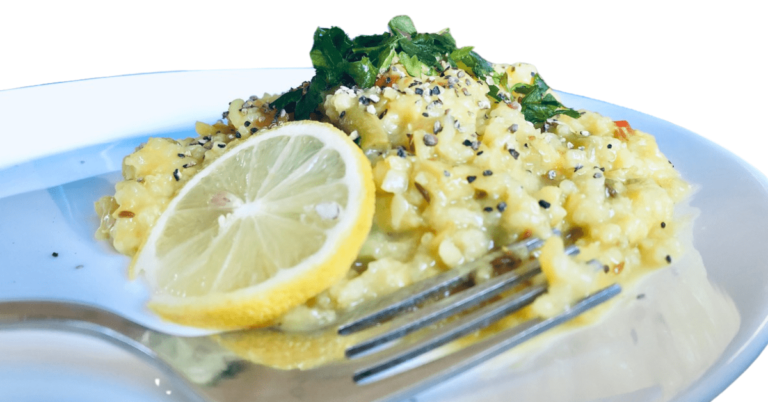Salvia Officinalis, The Common Sage For Better Cognition
Salvia officinalis, known as Common Sage, is a plant with significant importance due to its therapeutic effects.
Its extensive use in traditional sciences is partly due to the numerous bioactive compounds found in various parts of the plant.
These compounds exhibit anti-inflammatory, antioxidant, and antimicrobial effects.
Common sage is linked to enhancing brain functions, such, as memory, motivation, mood etc.
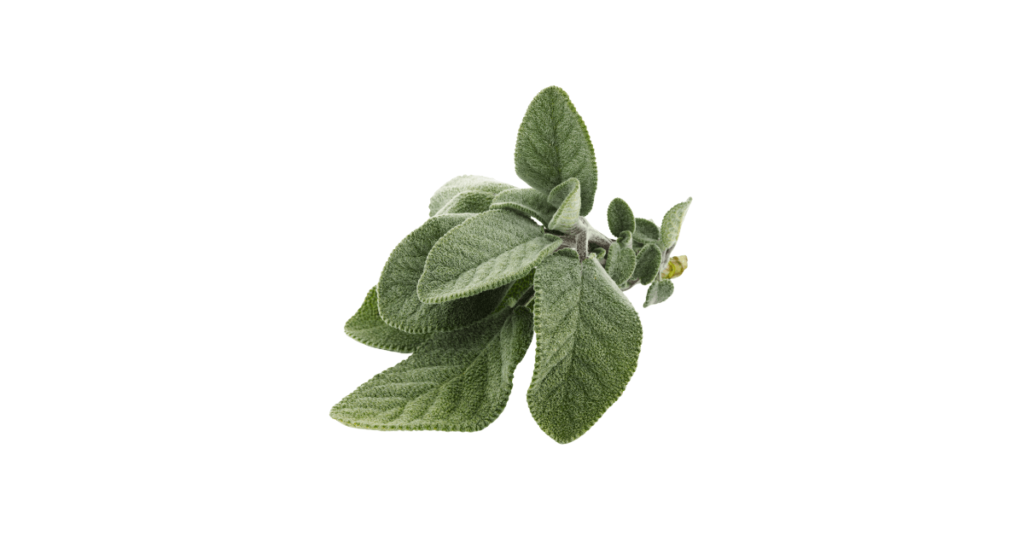
Several of its species contain active compounds that may improve cognitive activity and protect against neurodegenerative issues.
However, it’s essential to know the type of plant associated with cognitive support.
In a limited manner, this article explores Common sage, its therapeutic value, particular case studies and methods and the key types used.
Salvia Officinalis
Common sage, belongs to the Lamiaceae family, also known as the mint family, and includes many species found worldwide.
The Lamiaceae are estimated to have between 6900 and 7200 species, with the genus Salvia being the most well-known member according to ScienceDirect.
Additionally, Hamidpour et al. (2014) state that the Salvia genus has around 800-900 species.
Our primary focus is on the common sage, exploring its physical attributes and therapeutic properties.
Its cognitive actions, such as memory-enhancing, have been confirmed with clinical trials.
(Ghorbani & Esmaeilizadeh, 2017)
Types of Sage
There are several types of sage, some of which are more well-known and effective in therapeutic value than others.
Here are a few types of sage:
- Common sage (Salvia officinalis) – This is the most well-known and widely used type of sage. It has a strong, earthy aroma and is commonly used in cooking and traditional medicine for its antiseptic, antifungal, and anti-inflammatory properties.
- Spanish sage (Salvia lavandulaefolia) – This type of sage is native to the Mediterranean and has a milder, more pleasant aroma than common sage. It is often used for anxiety, depression, and memory loss.
- Clary sage (Salvia sclarea) – Clary sage has a sweet, floral fragrance and is often used in aromatherapy to promote relaxation and reduce stress and anxiety.
- White sage (Salvia apiana) – This type of sage is native to California and is commonly used in smudging rituals.
- Pineapple sage (Salvia elegans) – Pineapple sage has a fruity, sweet aroma and is often used as a natural remedy for digestive issues and inflammation.
In terms of physical attributes, there are variations in the plant, such as the stem, leaf, and flower.
These variations may be subtle in some cases.
Physical Attributes of Salvia Officinalis (Common Sage)
Salvia officinalis is a perennial, evergreen herb with greyish-green foliage and woody stems. Its key physical attributes are as follows:
- A small, evergreen shrub, typically growing up to 2-3 feet tall.
- Leaf has a slight fuzzy surface.
- Sage produces small, purple-blue flowers on tall spikes in the summer months.
- The plant has a woody stem, which becomes thick and gnarled as it matures.
- The roots of the plant are quite shallow, and spread out horizontally to absorb water and nutrients from the soil.
Plant Parts Used & Forms Available
- Aerial parts: leaf
- Available as: live plant, extract, capsule, powder, essential oil
Aroma
The aroma of Salvia Officinalis is a warm, herbaceous, slightly bitter scent often described as having a camphor-like quality.
This is due to various volatile compounds such as thujone, camphor and cineole in the plant’s essential oil.
When compounds are released in the air, it stimulates the olfactory receptors in our nose. This results in the distinct aroma of sage that we experience.
Scientifically speaking, the aroma of sage is a complex mixture of volatile organic compounds perceived by the human nose through olfaction.
Salvia Officinalis has the highest amount of essential oil compared to other Salvia species (Hamidpour et al., 2014). It is used for essential oils, skincare, perfumery, and more.
Taste
- When brewed as a tea, the active compounds in common sage leaves infuse the water, resulting in a beverage with a strong herbal taste. It has an astringent and sweet taste, with a hint of bitterness balanced by its natural sweetness.
- Additionally, the volatile oils in sage leaves give the tea a unique, soothing, and refreshing aroma. Overall, the taste of common sage and its tea is complex and nuanced, offering a range of flavours and sensations.
- The plant is commonly used in vegetable soups and stews along with other vegetables.
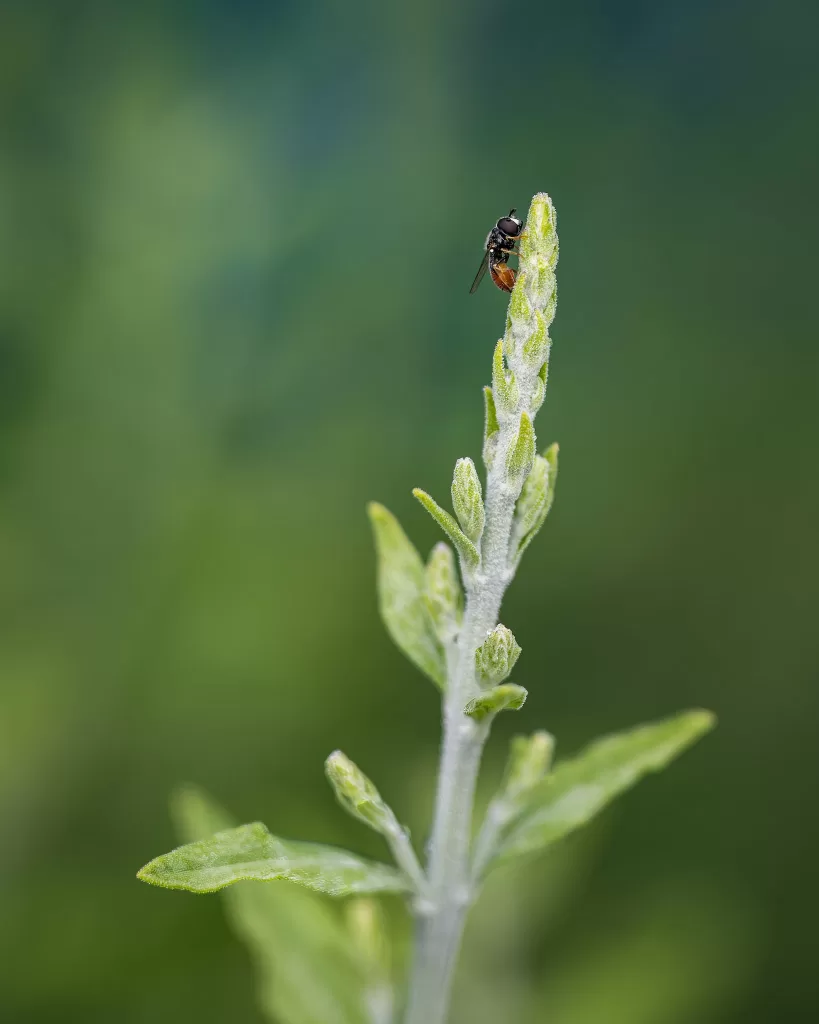
Major Phyto Components & Properties Sage
Common sage contains various dietary components, as well as a combination of bioactive compounds.
Collectively, these components contribute to the overall efficacy of common sage.
In the context of this, beginning with its glycemic qualities below:
Glycemic Activity: Low (GI)
Sage is believed to have a low glycemic index and load.
This means on consumption it results in slower increases in blood sugar levels after consumption, according to glycemicindex.net.
Subsequently, this applies to both the plant’s (glycemic index) and (load). Where as some food sources can differ in either one, common sage does not.
(Index)
Glycemic index (GI) is a measure of how quickly a carbohydrate-containing food raises your blood glucose level.
(Load)
While glycemic load (GL) takes into account both the quality and quantity of carbohydrates in the food. It is a more accurate measure of the effect of a food on your blood sugar level.
Collective Efficacy (Green)
Based on these factors, sage is termed a “green” food with a low glycemic index.
It may help regulate blood sugar levels and as a result reduce hunger pangs and cravings, aiding in weight management.
Additionally, low-GI food has been associated with improved heart health by reducing cholesterol levels and, as a result, lowering the risk of chronic issues overtime.
Nutritional Components
According to the United States Department of Agriculture, a single tablespoon (about 2 grams) of ground (dry) sage contains the following values:
| Energy 26. 4 g | Calcium 33 mg | Magnesium 8.56 mg | Potassium 21. 4 mg | Folate 5.48 ug |
| Vitamin A 118 IU | Beta Carotene 69. 8 ug | Lutein + zeaxanthin 38 ug | Vitamin K 34.2 ug | Beta Cryptoxanthin 2.18 ug |
Other trace elements such as phosphorus, selenium, copper, zinc, iron, sodium, thiamin, riboflavin, niacin, vitamin B-6, choline, and vitamin E are present in micro amounts.
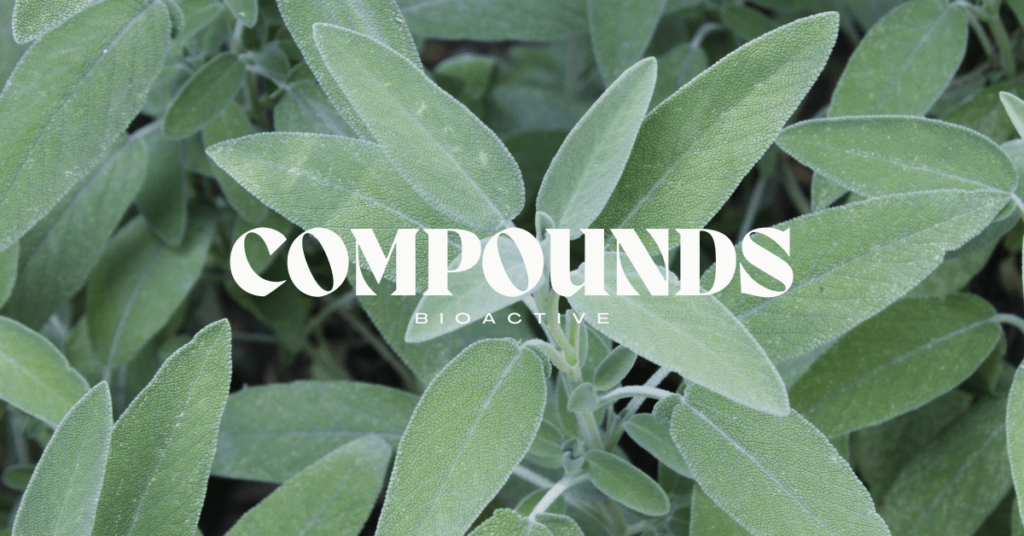
Bioactive Compounds
Researchers have identified several bioactive components in sage that are responsible for its many health benefits.
These bioactive compounds are found in various parts of the plant, including the leaves, stems, and flowers.
Compounds such as, phenolic acids, flavonoids, terpenoids and polysaccharides are found in sage.
Its important bioactive compounds include, rosmarinic acid, carnosic acid, and ursolic acid.
- Rosmarinic acid is an antioxidant that helps protect against oxidative stress and inflammation. Also known for its antiviral and antibacterial properties.
- Carnosic acid: is associated with antimicrobial and anti-inflammatory properties. Additionally, carnosic acid is associated with neuroprotective properties, which may help prevent age-related cognitive decline.

- Ursolic acid: is associated with anti-inflammatory properties and is found to be effective in reducing the risk of chronic diseases. Therefore being preventative in action.
- In addition to these bioactive components, common sage is also a source of other important nutrients such as vitamin K, vitamin A, and calcium. Vitamin K is essential for blood clotting, while vitamin A is important for maintaining healthy vision and skin.
Therapeutic Actions
In terms of its therapeutic benefits, sage has several bioactive active compounds such as rosmarinic acid and thujone present in its plant parts.
Traditionally, sage is associated with its therapeutic actions, including, important anti-inflammatory, antioxidant, and antimicrobial value.
The following sections consider documented reports and studies to help understand this better.
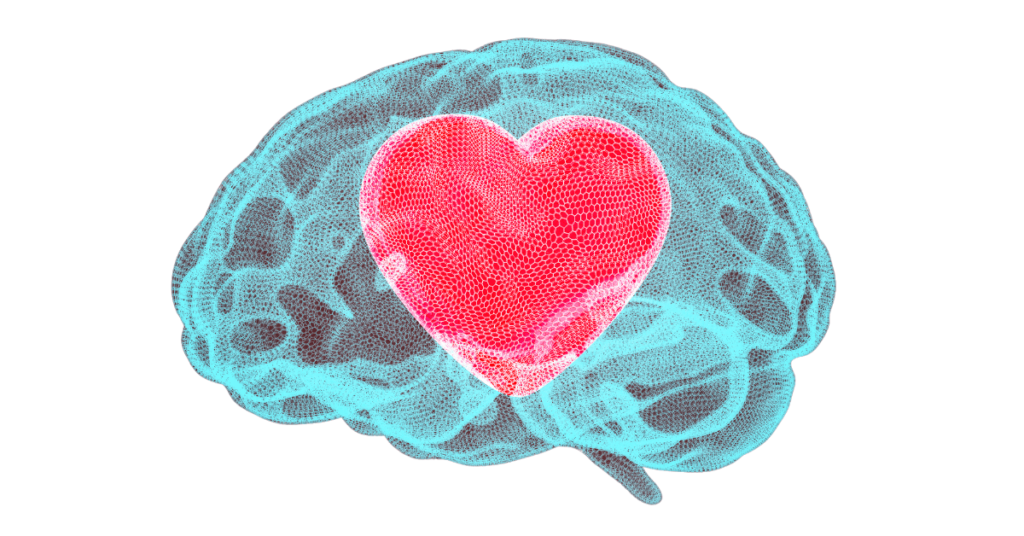
1. Neuroprotective: Brain – Cognitive Function
Several studies have shown that Salvia species have potential benefits for cognitive activity and may provide neuroprotective properties due to their anti-inflammatory actions.
Related Studies & Their Key Points
(Hamidpour et al., 2014) suggest according to a study, S. officinalis improves the memory and cognition. Elevating alertness, calmness, and contentedness.
Memory & Mood
A randomized, double-blind clinical study has shown that an ethanolic extract from common sage (S. officinalis) as well as Spanish sage (S. lavandulaefolia) is effective in the management of mild to moderate Alzheimer’s diseases (AD), and study on patients did not show any adverse effect on them on taking sage.
Here are some key points from this study:
- (Spanish sage) maybe effective in improving the speed of memory and mood.
- Salvia essential oil may also improve immediate word recall.
- The antioxidant and anti-inflammatory properties of the S. officinalis or S. lavandulaefolia may offer a long-term protection in the pathogenesis of cognitive issues.
- The aroma of S. officinalis produced significant enhancement effect in the quality of memory factor.
- No report of negative side effects associated with S. officinalis or S. lavandulaefolia despite many years of usage.
- It also cites, cytoprotective effects of sage against Aβ (amyloid beta plaques) toxicity in neuronal cells. To explore this more, Murphy and LeVine’s study below provide further information of Aβ link and AD.
Neuroprotective Actions
Consequently, according to Murphy and LeVine’s 2010 article in the Journal of Alzheimer’s Disease, (amyloid beta plaques) is a key factor in the development and progression of Alzheimer’s disease.
The authors discuss the pathogenesis of the disease, including the formation of amyloid plaques, and the role of β-amyloid peptide in inducing inflammation, oxidative stress, and neurodegeneration.
They also review the current state of research on potential strategies for preventing or treating Alzheimer’s disease by targeting β-amyloid peptide and its downstream effects.

Furthermore, sage also contains carotenoids such as lutein and zeaxanthin, which exhibit additional therapeutic actions.
Lutein & Zeaxanthin: Eye & Neuroprotective properties
Carotenoids
These carotenoids have the ability to filter blue light. Subsequently, can help prevent the formation of reactive oxygen species, particularly singlet oxygen, in the retina. Therefore, maybe helpful as a dietary antioxidant.
Synthesized By Plants
Plants, such as herbs and green vegetables, particularly kale, spinach, and lettuce, contain high levels of lutein and zeaxanthin as they are the only ones capable of synthesizing them.
Additionally, each species varies in the amount of lutein and zeaxanthin it contains.
Which means the body has to obtain them through diet.
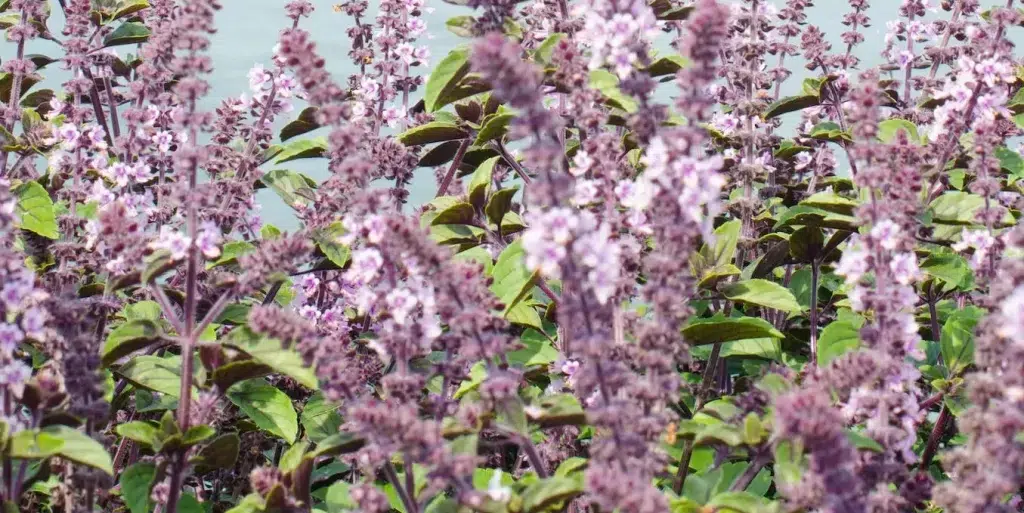
Antioxidant: Sage Tea
According to a study, drinking sage tea twice a day (300 ml each time) can help increase antioxidant defenses and improve the lipid profile.
The study found no adverse effects such as changes in blood pressure, heart rate, or body weight, which could indirectly improve the condition of diabetics.
The study also found that tea infusions of S. officinalis were as effective as metformin, an oral anti-diabetic drug used for type II diabetes.
Sage extract was found to have a hypoglycemic effect in (in vivo) tests.
(The complete study can be found here: Sá, C. M., Ramos, A. A., Azevedo, M. F., Lima, C. F., Fernandes-Ferreira, M., & Pereira-Wilson, C. (2009). Sage Tea Drinking Improves Lipid Profile and Antioxidant Defences in Humans. International Journal of Molecular Sciences, 10(9), 3937-3950. https://doi.org/10.3390/ijms10093937
Hot Flushes: Menopause
According to research, menopause is a process of physiological adjustment to an altered hormonal balance, and it can cause various symptoms such as hot flashes, dizziness, palpitations, insomnia, night-time sweating, and headaches.
- These symptoms are a result of the body’s adaptation to estrogen deprivation, which affects various central neurotransmitters.
- Sage (S. officinalis) has traditionally been used to treat sweating and hot flashes during menopause, as well as alleviate other associated symptoms.
- A multi-center open clinical trial demonstrated the efficacy of sage in treating hot flashes during menopause. The study showed that a fresh sage preparation had clinical value in treating hot flashes and other menopausal symptoms.
- The once-daily application of fresh sage extract was found to be safe, effective, and well-tolerated in treating menopausal hot flashes and climacteric symptoms, as validated by statistical analysis.
These findings provide a scientific rationale for the use of sage in holistic medicine, and offer a valuable options for menopausal hot flashes and climacteric complaints.
The full study can be found at here: Hamidpour, M., Hamidpour, R., Hamidpour, S., & Shahlari, M. (2014). Chemistry, Pharmacology, and Medicinal Property of Sage (Salvia) to Prevent and Cure Illnesses such as Obesity, Diabetes, Depression, Dementia, Lupus, Autism, Heart Disease, and Cancer. Journal of Traditional and Complementary Medicine, 4(2), 82-88. https://doi.org/10.4103/2225-4110.130373
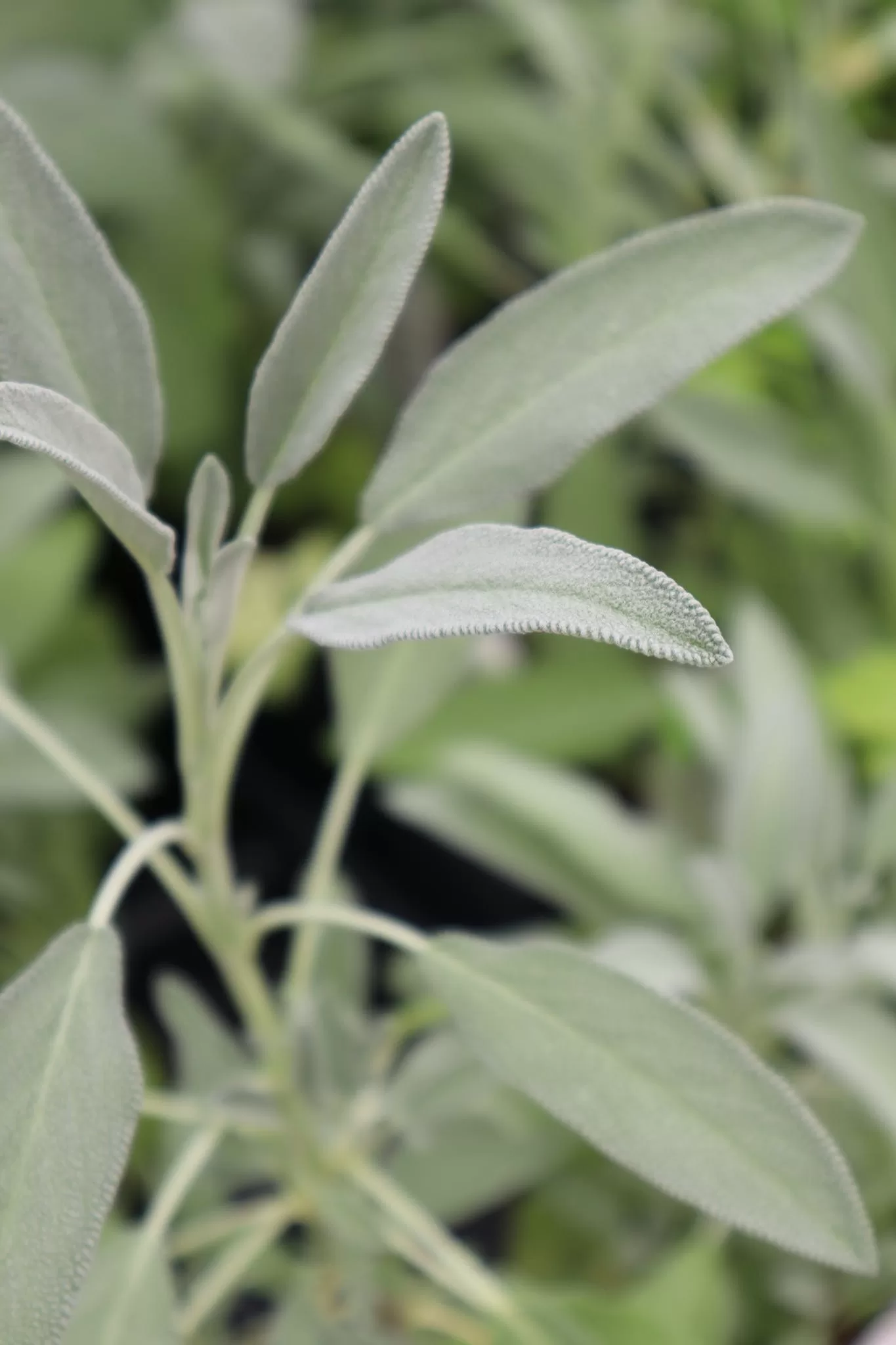
Study Based Preparation of Sage Tea & Effect
According to (Sá et al., 2009), sage tea maybe useful on blood glucose regulation, lipid profile, and transaminase activity in humans.
The study, suggests a pilot trial was conducted to evaluate the effects of sage tea consumption on the above parameters. And, specifically, freeze dried sage was used to prepare tea.
Method Used In Study
- The trial involved six healthy female volunteers aged between 40-50 years. It was a non-randomized crossover trial.
- Common sage from Portugal was used in the study and aerial parts of the plant were the key parts used.
- The sage tea was prepared by pouring 300 mL of boiling water onto 4g dried plant material and steeping for 5 minutes.
- Tea dose was drunk at 300 mL, twice a day for four weeks.
- A wash-out phase of two weeks was included to assess the duration of sage tea effects beyond treatment.
- The major phenolic compounds found as a result of this preparation were, rosmarinic acid (362 mg/mL infusion) and luteolin-7-glucoside (115.3 mg/mL infusion) and, 1,8-cineole, cis-thujone, trans-thujone, camphor and borneol the major volatile components (4.8 mg/mL infusion).
Outcome & Effects
Individuals experienced an improvement in their lipid profile, antioxidant defenses, and lymphocyte Hsp70 protein expression, with sage tea use for four weeks.
Although the findings didn’t show an effect on glucose regulation in healthy individuals, they confirmed the safety of drinking sage tea.
(The complete study can be found here: Sá, C. M., Ramos, A. A., Azevedo, M. F., Lima, C. F., Fernandes-Ferreira, M., & Pereira-Wilson, C. (2009). Sage Tea Drinking Improves Lipid Profile and Antioxidant Defences in Humans. International Journal of Molecular Sciences, 10(9), 3937-3950. https://doi.org/10.3390/ijms10093937
This study helps to some extent understand the existing position on the benefits of sage tea in accordance with Ayurvedic principles.

Ayurveda: Kapha Dosha
In terms of Ayurvedic sciences, it suggests that the Plebeian sage (Sage Weed) for use in several therapeutic advantages.
Different types of sage have origination in several other regions, such as India, China, Japan etc.
- According to Ayurvedic sciences, the thermoregulatory properties of sage are considered Kapha balancing. It may be helpful in digestive properties, anti-obesity actions etc
- When combined with other ingredients, depending on individual requirements, it is also used for Pitta and Vata doshas.
- Ayurveda recognises its anti-inflammatory, antioxidant, and antimicrobial properties. Sage tea is particularly popular in Ayurveda for its calming and soothing effects on the mind and body.
- The plant is used as a dietary therapeutic, according to the individuals dosha state with a time sensitive approach.
| KAPHA |
Summary
Common sage, or Salvia Officinalis, is a highly valued plant in therapeutic well-being due to its numerous advantages.
- The plant contains specific compounds, such as rosmarinic acid and carnosic acid, which have anti-inflammatory, antioxidant, and antimicrobial properties, making it effective in supporting various ailments.
- Additionally, studies have found that consuming sage can enhance cognitive function, improve memory, and reduce anxiety and depression. This is an important recognition for traditional sciences and holistic health.
- Furthermore, sage has been shown to have potential in helping Alzheimer’s symptoms and other neurodegenerative disorders.
Overall, the common sage is a powerful and versatile herb with numerous therapeutic benefits and potential brain-enhancing properties. However its suitability depends explicitly on individual parameters.
Suitability & Precautions
Precautions and personal responsibility are crucial. Check the suitability of sage as a therapeutic in general. It may not be suitable for pregnant women, individuals with allergies, and chronic health concerns. The excessive use of sage due to (thujone) may not be suitable therefore, seek the advice of a professional to make an informed choice.
This is an informational post only and does not constitute professional advice.
Informational Video: Sage & Its Protective Properties
References & online sources in this article:
- Hamidpour, M., Hamidpour, R., Hamidpour, S., & Shahlari, M. (2014). Chemistry, Pharmacology, and Medicinal Property of Sage (Salvia) to Prevent and Cure Illnesses such as Obesity, Diabetes, Depression, Dementia, Lupus, Autism, Heart Disease, and Cancer. Journal of Traditional and Complementary Medicine, 4(2), 82-88.
- Abdollahi A, Adelibahram F, Ghassab-Abdollahi N, Araj-Khodaei M, Parsian Z, Mirghafourvand M. The effect of Salvia officinalis on blood glycemic indexes and blood lipid profile in diabetic patients: a systematic review and meta-analysis. J Complement Integr Med. 2022 Jan 25;20(3):521-529. doi: 10.1515/jcim-2021-0425. PMID: 35106985.
- Sá CM, Ramos AA, Azevedo MF, Lima CF, Fernandes-Ferreira M, Pereira-Wilson C. Sage tea drinking improves lipid profile and antioxidant defences in humans. Int J Mol Sci. 2009 Sep 9;10(9):3937-3950. doi: 10.3390/ijms10093937. PMID: 19865527; PMCID: PMC2769154.
Other references
- https://en.wikipedia.org/wiki/Salvia_officinalis | Glycemic index-net Sage | United States Department of Agriculture – Sage. | Britannica – Lamiaceae | ScienceDirect Lamiaceae | ScienceDirect Salvia
- Author: MCMA, MA. Hunjan, G. G. (2023, December 14). https://integratiivehealth.com/salvia-officinalis-the-common-sage-for-better-cognition/. InteGratiiveHealth.com
- Lopresti, A. L. (2017). Salvia (Sage): A Review of its Potential Cognitive-Enhancing and Protective Effects. Drugs in R&D, 17(1), 53-64.
- Mrowicka, M., Mrowicki, J., Kucharska, E., & Majsterek, I. (2022). Lutein and Zeaxanthin and Their Roles in Age-Related Macular Degeneration—Neurodegenerative Disease. Nutrients, 14(4). | Murphy, M. P., & Harry LeVine, I. (2010). Alzheimer’s Disease and the β-Amyloid Peptide. Journal of Alzheimer’s Disease : JAD, 19(1), 311.
- Liang YY, Wan XH, Niu FJ, Xie SM, Guo H, Yang YY, Guo LY, Zhou CZ. Salvia plebeia R. Br. : an overview about its traditional uses, chemical constituents, pharmacology and modern applications. Biomed Pharmacother. 2020 Jan;121:109589. doi: 10.1016/j.biopha.2019.109589. Epub 2019 Nov 22. PMID: 31810130.
- Ghorbani A, Esmaeilizadeh M. Pharmacological properties of Salvia officinalis and its components. J Tradit Complement Med. 2017 Jan 13;7(4):433-440. doi: 10.1016/j.jtcme.2016.12.014. PMID: 29034191; PMCID: PMC5634728.
- Kennedy DO, Pace S, Haskell C, Okello EJ, Milne A, Scholey AB. Effects of cholinesterase inhibiting sage (Salvia officinalis) on mood, anxiety and performance on a psychological stressor battery. Neuropsychopharmacology. 2006 Apr;31(4):845-52. doi: 10.1038/sj.npp.1300907. PMID: 16205785.
You may find this resource helpful
Courgette: Brain Friendly Foods

